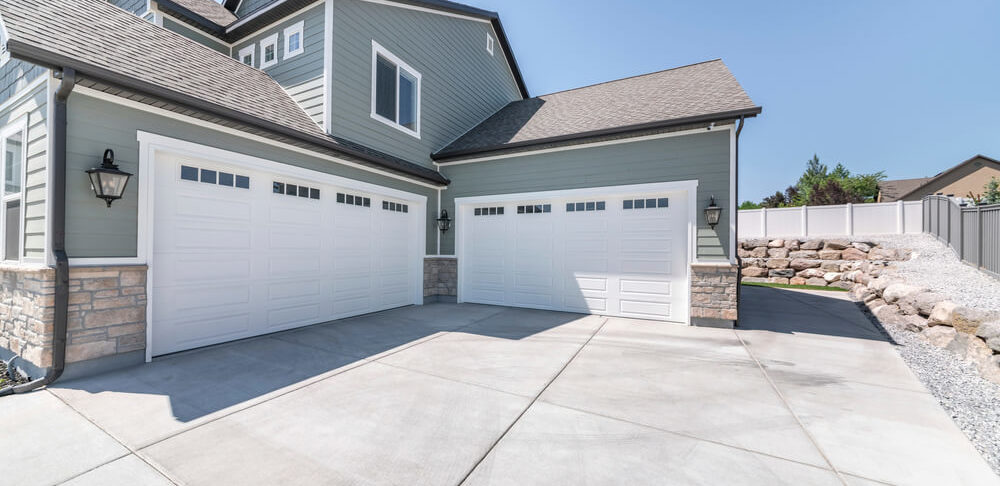Consider Sealing for Extra Protection
Sealing is not required, but it can add an extra layer of defense against moisture and de-icing salts. Richfield Concrete’s driveways already include integrated admixtures that improve moisture resistance. However, a high-quality penetrating sealer can further reduce moisture absorption and slow down surface wear. It won’t reverse existing damage, but it can help prevent new damage moving forward.
According to the National Ready Mixed Concrete Association (NRMCA), silane- and siloxane-based penetrating sealers are effective in reducing water and chloride intrusion without altering the concrete’s appearance [NRMCA Sealer Guide].
Avoid De-Icers—Use Sand Instead
De-icing salts worsen peeling by increasing moisture penetration. Instead, use sand for traction. Sand provides grip without chemical reactions. It’s a safer alternative for maintaining skid resistance.
The Concrete Pavement Institute (CPI) recommends avoiding salt-based de-icers, especially in the first 3–5 years of a new driveway, when the concrete is most susceptible to freeze-thaw damage [CPI Winter Maintenance Guide].
Keep Excess Salt Off Your Driveway
While road salt is unavoidable, minimizing buildup helps. Avoid parking in the same spot every day to reduce concentrated salt exposure. Brush off excess salt and slush from your vehicle before parking. Studies by the Federal Highway Administration (FHWA) show that repeated exposure to road salt significantly increases surface deterioration over time [FHWA Salt Impact Study].
Patching—An Option, But Not Always the Best One
Patching flaked areas is possible, but it comes with trade-offs. The patch material won’t perfectly match the original driveway in color and texture. In some cases, patches stand out more than the original flaking. Over time, as your driveway naturally wears, the appearance will blend better.





